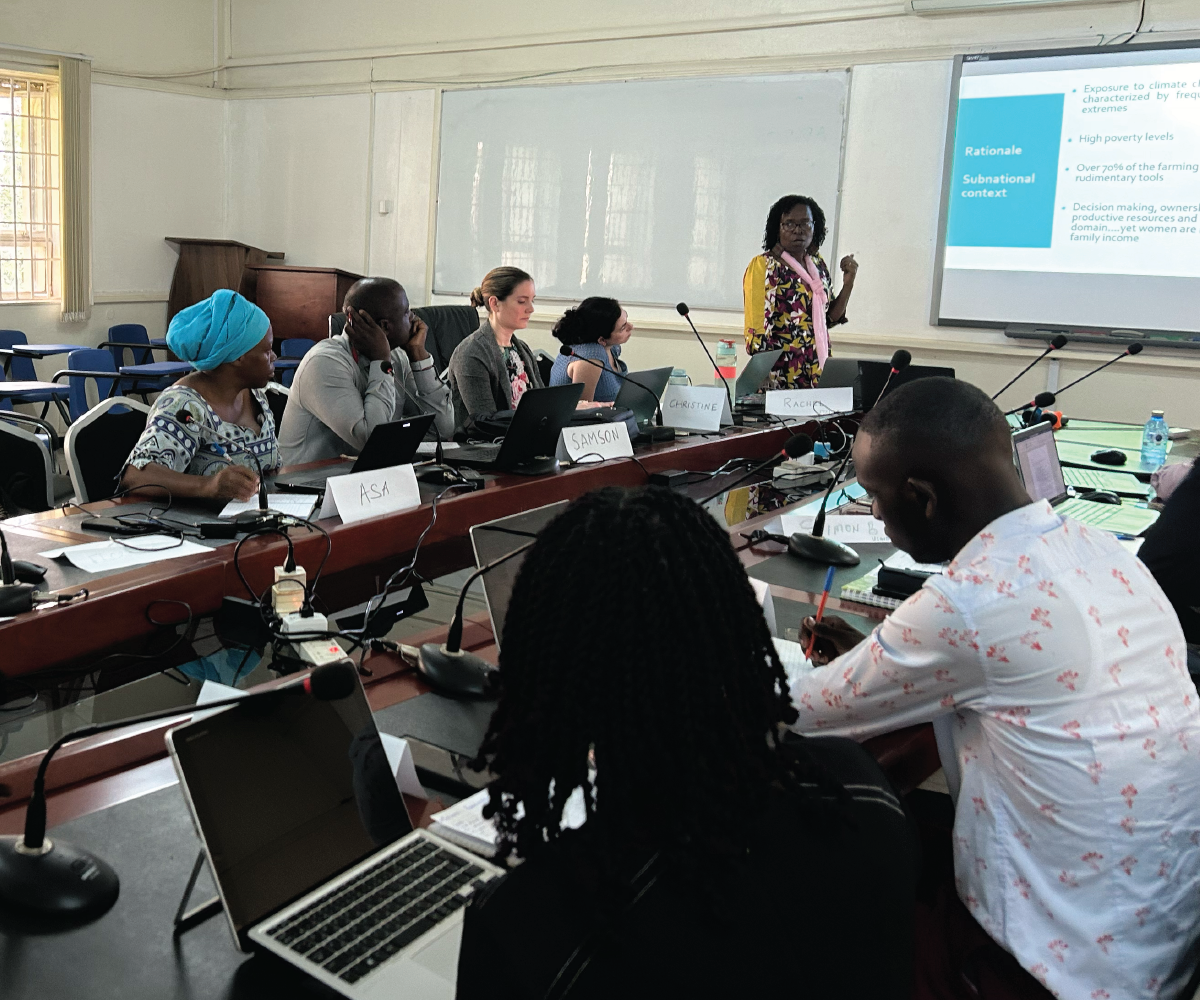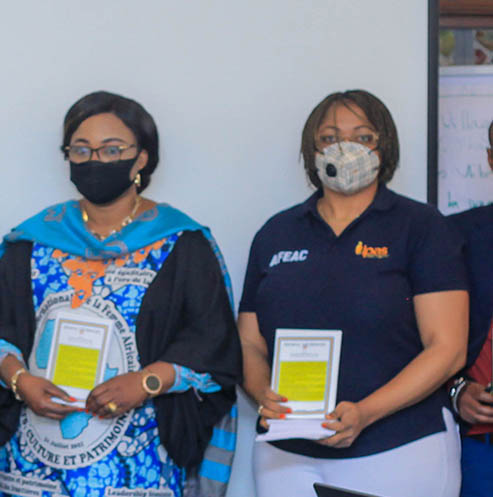638 Search Results Found For : "Best%20Essay%20Writing%20Service%20%F0%9F%8E%93www.WriteMyPaper.online%20%F0%9F%8E%93Write%20Essay%20Fast%20-%20Write%20Essay%20Cheap"
States in U.S. With Higher Tax Rates Are Better for Children
(2012) A new index of child well-being finds a strong relationship among state tax rates, the size of state investments in children, and children's quality-of-life. The STATE Child Well-Being Index (CWI)—developed for the Foundation for Child Development by demographers William O'Hare of the Annie E. Casey Foundation and Mark Mather and Genevieve Dupuis of the Population Reference Bureau—provides the most-comprehensive measure of children's quality-of-life on a state-by-state basis.

Project: Center for Public Information on Population Research (CPIPR)
How Accurate Was the 2020 Census—and Why Should You Care?
Significant undercounts in the 2020 Census could have serious consequences for underrepresented groups and individual states.
U.S. Attitudes Toward Interracial Dating Are Liberalizing
(2005) As the United States population becomes ever more diverse, are more people dating across race lines? The question isn't simply a matter of whom you'll be going out with on Saturday night. Since interracial dating (or "interdating") and interracial marriage were outlawed or ostracized for so long in U.S. history, many sociologists see the incidence of these relationships as a key indicator of the state of U.S. race relations.
Engaging the Poor in Poverty Reduction: What Is the Role of Family Planning?
(2010) More than 1.4 billion people around the world live in extreme poverty (defined as income of less than US$1.25 per day), and nearly 2 billion more live just above that level.

From Paper to Practice: How PRB Supports Researchers to Put Their Results Into Action
Through the Research Technical Assistance Center (RTAC), PRB helps researchers communicate their work more effectively to target audiences with workshops, toolkits, webinars, and product development.

Project: Strengthening Evidence-Based Policy to Expand Access to Safe Abortion (SAFE ENGAGE)
The Democratic Republic of the Congo Leads the Way on Abortion Access: A Pathway for Reproductive Rights Advocates in Francophone Africa
Women in sub-Saharan Africa face the greatest risk globally for an unintended pregnancy to result in an unsafe abortion.

